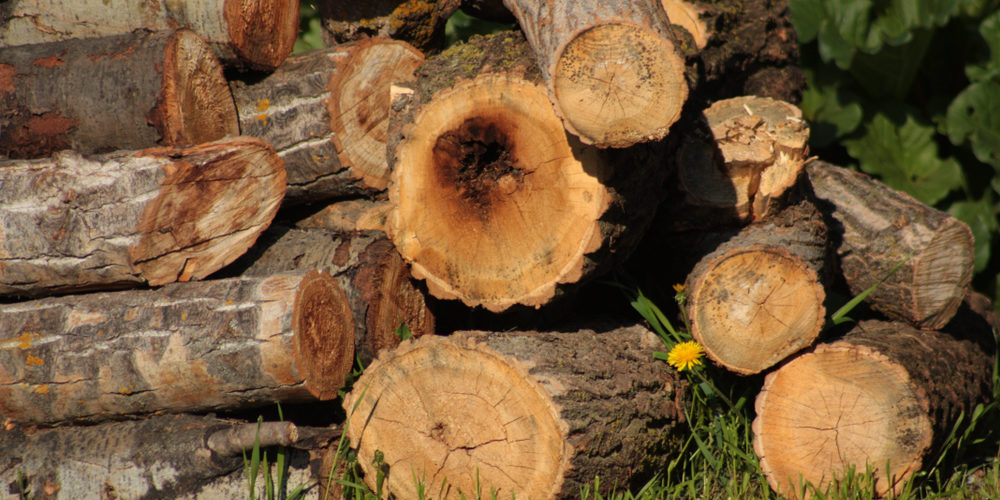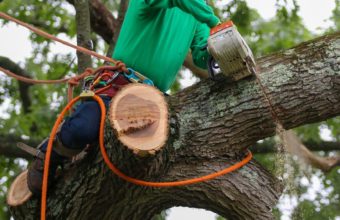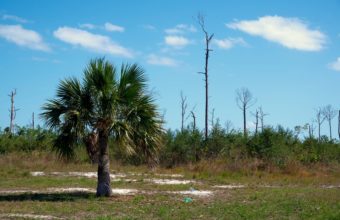When pruning a tree, do not remove too much of the tree’s canopy at once. Removing too many branches or too much foliage in a single pruning session can stress the tree and potentially harm its health. A guideline is to avoid removing more than 25% of the tree’s foliage in a single year.
Here are a few key considerations…
- Size and Age of the Tree – Smaller and younger trees can generally tolerate more aggressive pruning than larger, mature trees. Mature trees should be pruned more conservatively.
- Tree Species – Different tree species have varying levels of tolerance to pruning. Some species can handle more extensive pruning than others.
- Purpose of Pruning – The reason for pruning also influences how much you can cut back. If you’re pruning for safety or to remove dead or diseased branches, you may need to remove more. For routine maintenance and shaping, it’s best to stick to the 25% guideline.
- Frequency – Frequent light pruning is often better than infrequent heavy pruning. Regular maintenance pruning can help you avoid the need for drastic cuts.
- Health of the Tree – If the tree is already stressed or weakened due to disease, pests, or environmental factors, it’s crucial to be more conservative with pruning to avoid further stress.
- Seasonal Timing – Pruning during the dormant season (late winter or early spring) allows the tree to recover more effectively, as it’s not actively growing.
- Overall Tree Health – Monitor the tree’s response to pruning. If you notice signs of stress or decline, such as excessive leaf loss or dieback, reduce the extent of pruning in the future.
If you are uncertain about how much to prune, it’s advisable to consult with a certified arborist or tree care professional. They can assess the tree’s condition and guide the appropriate amount of pruning required to achieve your goals while maintaining the tree’s health and structural integrity.






